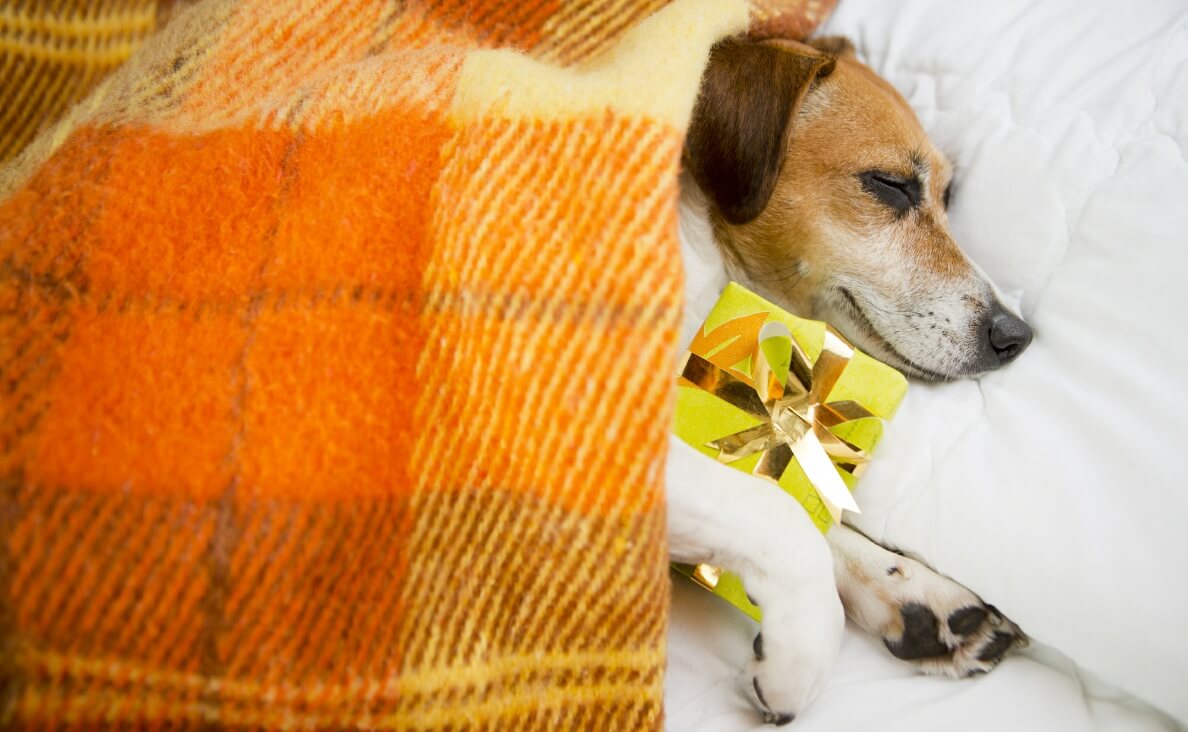
For dog owners, the joy of watching their furry companions play with their favorite toys is unmatched. Whether it’s a squeaky ball, a plush stuffed animal, or a durable chew toy, each dog seems to have a distinct preference.
Have you ever wondered why your canine family member gravitates towards a particular toy over others? In this exploration, we delve into the fascinating world of canine behavior and the factors that contribute to a dog’s selection of their favorite toy.
Understanding Canine Instincts
Dogs are not just pets; they are intelligent beings with unique instincts and behaviors. To comprehend why a dog may favor one toy over another, it’s crucial to understand their natural inclinations. Instincts such as hunting, chewing, and social bonding play significant roles in a dog’s life. Toys often serve as outlets for these instincts, providing mental stimulation, physical exercise, and a sense of comfort.
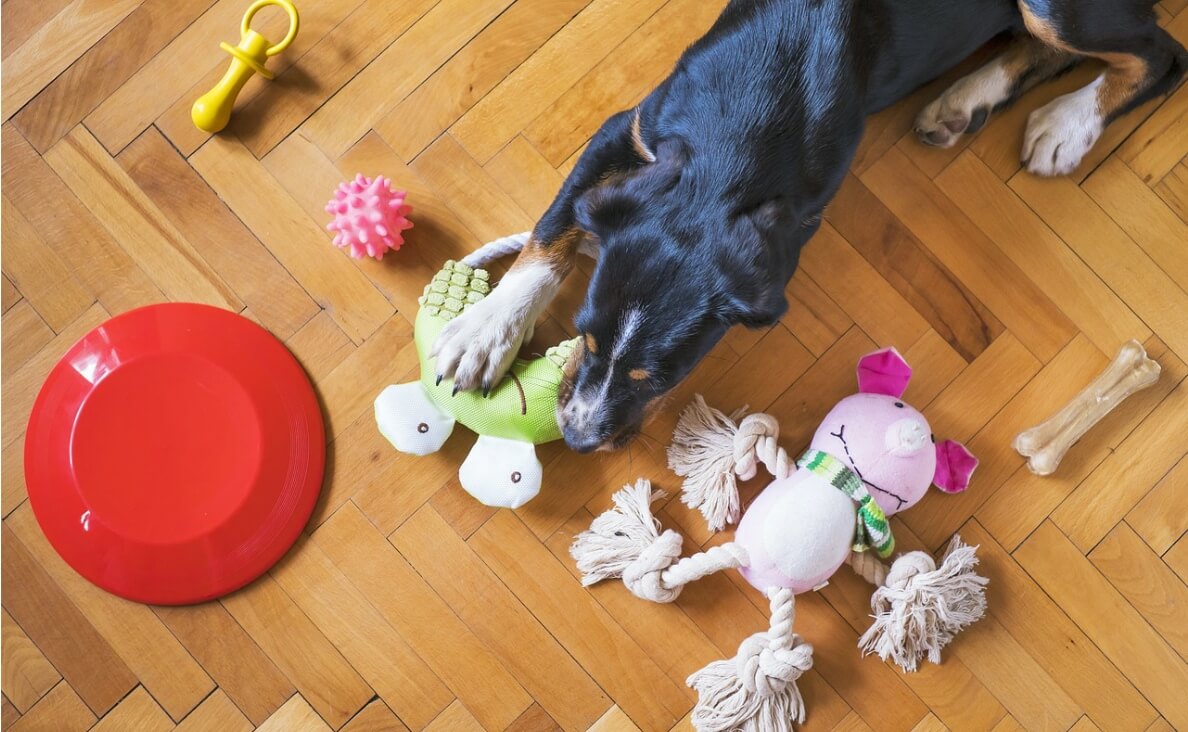
-
Scent and Familiarity
Dogs have an exceptional sense of smell, and they use it to explore and understand their environment. When it comes to toys, scent plays a vital role in a dog’s preference. A dog may choose a particular toy because it carries their scent or the scent of their human. This familiarity provides a sense of security and comfort, making the toy more appealing.
Additionally, dogs may be drawn to toys with scents reminiscent of outdoor elements like grass, soil, or even other animals. Manufacturers often infuse toys with appealing scents to attract dogs, making them more likely to choose these toys as favorites.
-
Texture and Mouth Feel
The tactile experience of a toy is another crucial factor in a dog’s preference. Dogs explore the world through their mouths, and the texture of a toy can greatly influence their choice. Some dogs may prefer soft, plush toys for gentle chewing, while others may opt for rubber or nylon toys that provide a satisfying mouth feel during play.
Understanding your dog’s chewing habits and preferences can help in selecting toys that cater to their specific needs. Dogs that love to gnaw may be drawn to toys with interesting textures that massage their gums and clean their teeth, contributing to their overall dental health.
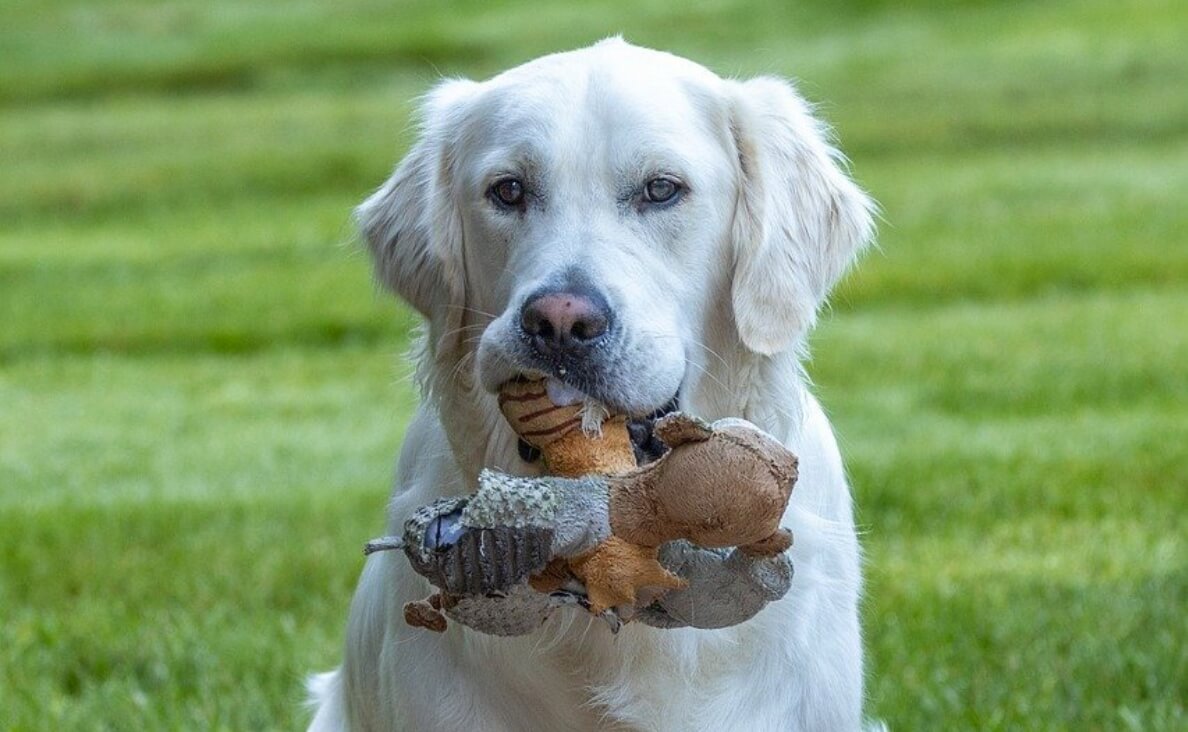
-
Sound and Playfulness
The auditory aspect of toys can significantly impact a dog’s interest. Toys that produce sounds, such as squeaks, crinkles, or rattles, often capture a dog’s attention and stimulate their playfulness. The element of surprise created by a squeaky toy mimics the excitement of capturing prey, tapping into a dog’s hunting instincts.
Observing your dog’s response to different sounds can guide you in choosing toys that align with their preferences. Some dogs may enjoy the challenge of extracting a squeaker from a plush toy, while others may prefer the continuous engagement provided by toys with ongoing noise.
*Important Note: Always supervise your dog’s play with squeaky toys. Swallowing squeakers or stuffing can be life-threatening due to choking or stomach blockage if ingested and can happen very quickly.
-
Size and Portability
The size and portability of a toy also play a crucial role in a dog’s preference. While some dogs may favor larger toys that they can carry around and use as comfort objects, others may enjoy smaller, more manageable toys for interactive play. The size of the toy should match the dog’s breed, size, and play style to ensure a safe and enjoyable experience.
Dogs often form strong attachments to toys they can easily carry, toss, and retrieve during play. Understanding your dog’s preferred play style – whether they enjoy fetching, tugging, or solo play – can guide you in selecting toys that cater to their specific needs.
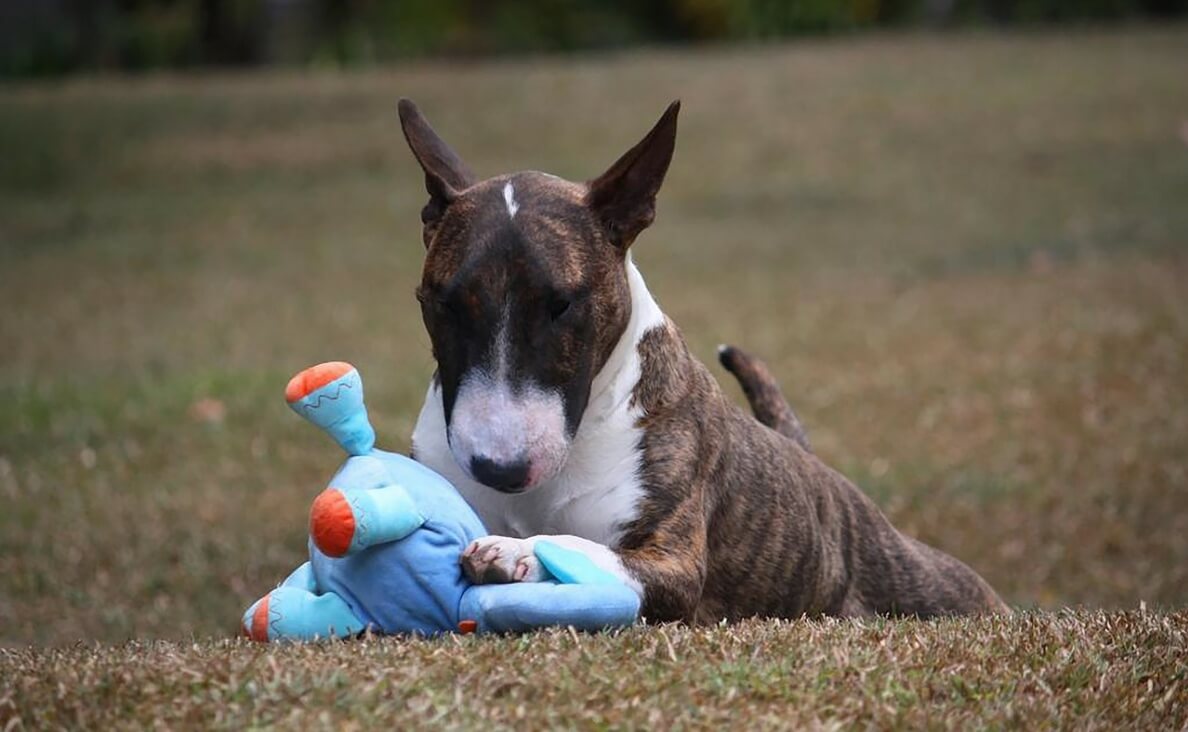
-
Durability and Longevity
A dog’s favorite toy is often one that withstands their enthusiastic play. Dogs vary in their chewing strength and play intensity, so selecting toys made from durable materials is essential. Toys that can endure rough play without breaking or fraying are more likely to become a dog’s long-term favorite.
Consider your dog’s chewing habits and choose toys designed to withstand their level of activity. Whether it’s a robust rubber toy for heavy chewers or a sturdy plush toy reinforced with strong seams, durability is a key factor in the longevity of a dog’s attachment to their favorite toy.
-
Interactive and Bonding Opportunities
Toys that encourage interaction between dogs and their human companions often become favorites. Interactive toys, such as puzzle feeders or toys that dispense treats, not only provide mental stimulation but also strengthen the bond between a dog and their owner. The positive association between playtime and rewards makes these toys highly appealing to dogs.
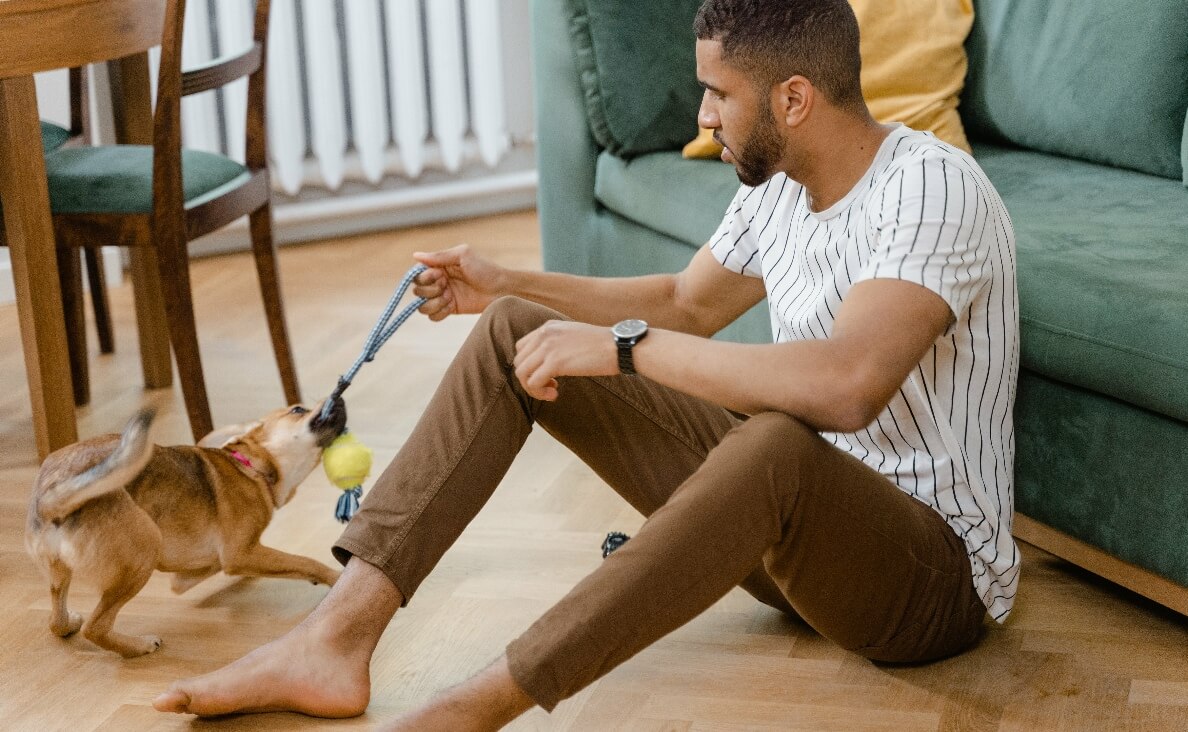
Engaging in interactive play with your dog strengthens the emotional connection between you and your furry friend. Toys that facilitate shared activities create positive experiences, contributing to a dog’s preference for certain playthings.
The process of how dogs choose their favorite toy is a complex interplay of instincts, preferences, and experiences. Understanding your dog’s unique traits, such as their sense of smell, tactile preferences, play style, and need for interaction, can guide you in selecting toys that align with their individual preferences.
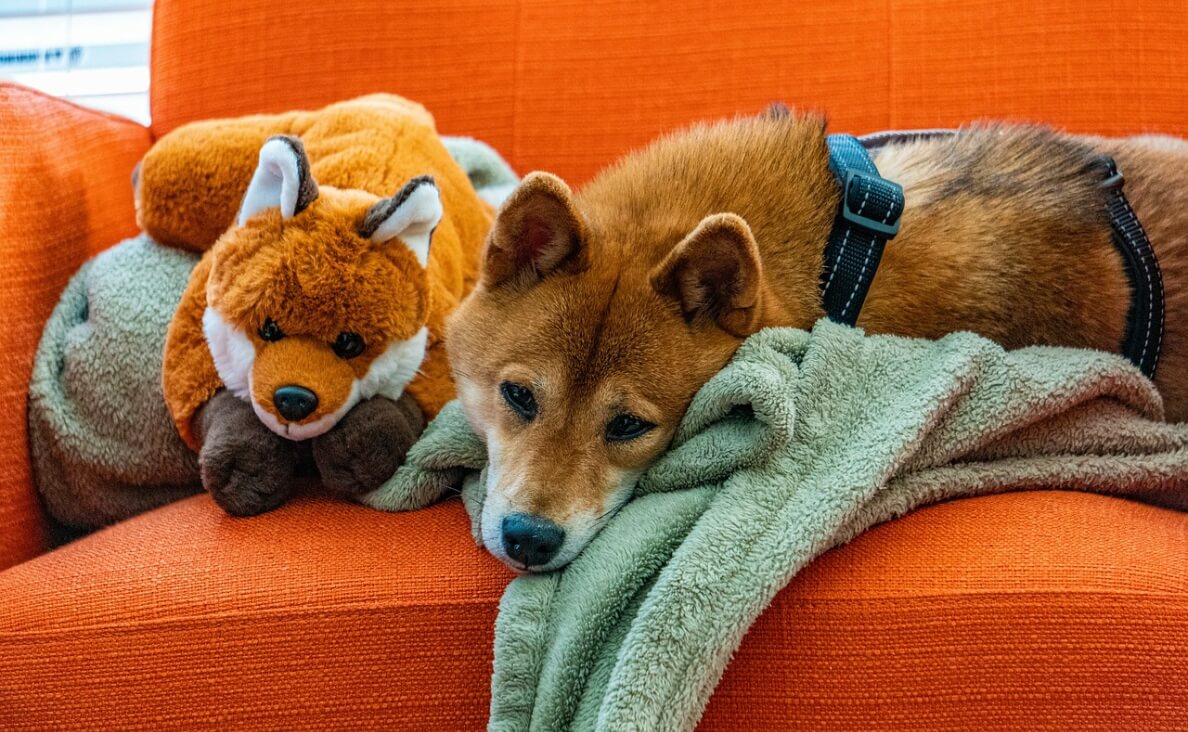
As responsible pet parents, it’s essential to regularly assess and rotate your dog’s toys to keep their environment stimulating and prevent boredom. Observing your dog’s reactions to different toys provides valuable insights into their likes and dislikes, ensuring that playtime remains an enriching and enjoyable experience for both you and your canine companion.
Which toy is your dog’s favorite? Why do you think he or she loves this toy the best? Please share in the comments below…

 10 Ways to Celebrate Christmas with Your Dog
10 Ways to Celebrate Christmas with Your Dog 10 Fun Games to Play with Your Dog to Prevent Boredom
10 Fun Games to Play with Your Dog to Prevent Boredom [FREE DOWNLOAD] How to Choose the Best Dog Daycare for Your Puppy or Dog
[FREE DOWNLOAD] How to Choose the Best Dog Daycare for Your Puppy or Dog Tips to Avoid Dog Boredom
Tips to Avoid Dog Boredom 10 DIY Homemade Last Minute Dog Gift Ideas
10 DIY Homemade Last Minute Dog Gift Ideas






Leave a Reply